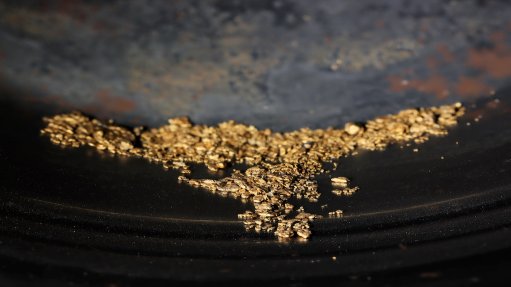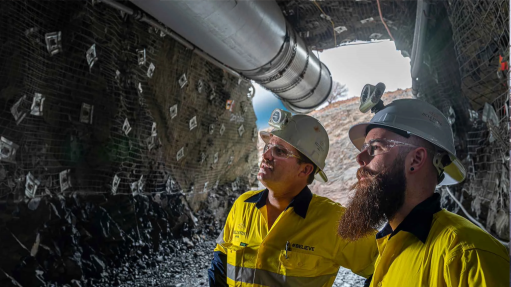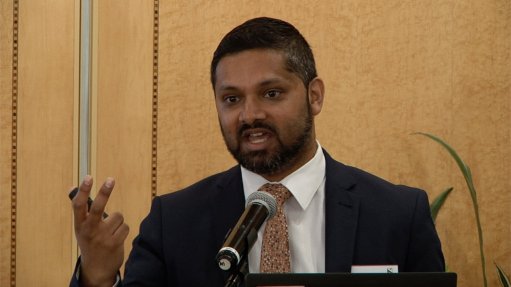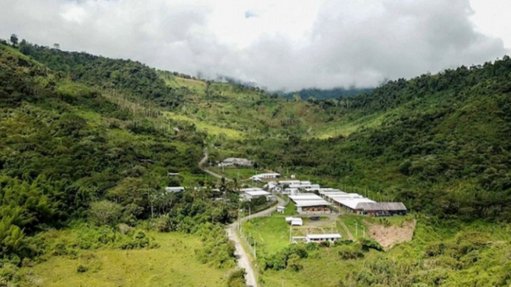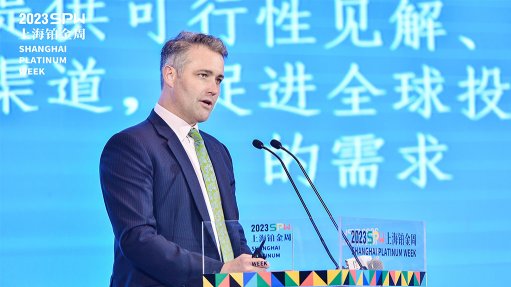Mining legacy providing opportunities for technology companies
Technology consultant Jo Burgess argues that mining’s legacy provides numerous opportunities for technology companies, including opportunities to implement projects focused on residue treatment and water management
Freshwater pollution as a result of mining activity is one of the industry’s most damaging environmental legacies but there are great opportunities for companies that seek a solution.
Mining-impacted water can be highly acidic or alkaline, carry a high concentration of dissolved salts (primarily sulphates) and contain metals and other toxins, including radionuclides. Treating mining-impacted water is, in many cases, similar to treating any other effluent: it is necessary to know how much water needs to be treated, its characteristics and the final water quality required after treatment.
However, only mining faces the problem of not knowing with certainty the answers to these basic questions. It is extremely difficult to predict the volume and quality of mine water that may continue to discharge from a site after closure.
As underground water discharges uncontrolled to the surface, subsurface geology, chemistry and hydrological flow rates affect the characteristics and volume of the mining-impacted water. The same is true of human impacts like the closure of nearby mines.
Mining’s legacy provides opportunities for technology providers and, through its Industrial Technology Approval Group (iTAG), global innovation consultancy Isle is working with the sector on projects that focus on waste beneficiation, values recovery, residue treatment and water management.
Flexible technologies are key. Modular systems that can be scaled out instead of scaled up are critical to responding to flow rates which alter over time. Most mine water balances only predict the first 30 to 100 years for discharges that can be expected to continue for a few millennia.
Perhaps a bigger barrier is finance. The cost of appropriate treatment technologies is high, and the perceived benefit low – the alternative of doing nothing is a much cheaper option. The apparent cost barrier can be removed, however, by predicting the true future cost of doing nothing, or doing the absolute minimum for bare legal compliance.
Herein lies a great opportunity: the chance to spend a small amount more for a much greater benefit.
Imaginative treatment of mining-impacted water can generate potable water security, food security and rural development through the creation of a productive postmining landscape. For a mining company, or a newly diversified former mining company that owns land and a surplus of water, there are tremendous opportunities to grow crops, generate renewable energy, reskill the local workforce, recover valuable mineral commodities from waste, and diversify into a range of sustainable revenue streams.
Dynamic Vapour Recovery
The eMalahleni Water Reclamation Plant (EWRP), in Mpumalanga, treats 50-million litres of mining-impacted water a day. Over 99% of the influent is recovered as potable water through a multistage treatment process. The remainder – less than 1% – is recovered as brine, an environmental liability that requires treatment and disposal.
The dynamic vapour recovery process recovers salts from brine through evaporation and crystallisation. Brine is treated in a one-step continuous process, producing fresh water and salt solids. The system is modular and consists of multiple units that each have a capacity to produce 50 𝓵 of clean water per hour. Tecroveer presented dynamic vapour recovery at an Isle industrial iTAG meeting in 2018.
A trial was then hosted by Anglo American at EWRP, with funding from the Coaltech Research Association, which focuses on cleaning up waste generated by mining, to determine whether dynamic vapour recovery was a viable brine treatment.
Stage 3 reject from the EWRP was treated to produce a concentrated brine with a total dissolved solids (TDS) concentration of 154 g/𝓵 (increased from 24 g/𝓵) and clean water with TDS of 0.15 g/𝓵 to 0.20 g/𝓵, which is compliant with South African National Standard (SANS) 241 for drinking water. Water recovery was 88%.
A test with high-TDS brine was also conducted to investigate the capability of dynamic vapour recovery to treat a wide range of TDS. The high-TDS stream was concentrated from 76 g/𝓵 to 145 g/𝓵, and the TDS of the condensate was 112 mg/𝓵 to 114 mg/𝓵.
Solid salts were precipitated from the concentrated brine (inset). The dry vapour recovery unit ran consistently without any visible scaling during the tests. Now that the building of new evaporation ponds for brine storage or treatment is no longer an option, dry vapour recovery and technologies like it have become critical to South Africa.
Comments
Press Office
Announcements
What's On
Subscribe to improve your user experience...
Option 1 (equivalent of R125 a month):
Receive a weekly copy of Creamer Media's Engineering News & Mining Weekly magazine
(print copy for those in South Africa and e-magazine for those outside of South Africa)
Receive daily email newsletters
Access to full search results
Access archive of magazine back copies
Access to Projects in Progress
Access to ONE Research Report of your choice in PDF format
Option 2 (equivalent of R375 a month):
All benefits from Option 1
PLUS
Access to Creamer Media's Research Channel Africa for ALL Research Reports, in PDF format, on various industrial and mining sectors
including Electricity; Water; Energy Transition; Hydrogen; Roads, Rail and Ports; Coal; Gold; Platinum; Battery Metals; etc.
Already a subscriber?
Forgotten your password?
Receive weekly copy of Creamer Media's Engineering News & Mining Weekly magazine (print copy for those in South Africa and e-magazine for those outside of South Africa)
➕
Recieve daily email newsletters
➕
Access to full search results
➕
Access archive of magazine back copies
➕
Access to Projects in Progress
➕
Access to ONE Research Report of your choice in PDF format
RESEARCH CHANNEL AFRICA
R4500 (equivalent of R375 a month)
SUBSCRIBEAll benefits from Option 1
➕
Access to Creamer Media's Research Channel Africa for ALL Research Reports on various industrial and mining sectors, in PDF format, including on:
Electricity
➕
Water
➕
Energy Transition
➕
Hydrogen
➕
Roads, Rail and Ports
➕
Coal
➕
Gold
➕
Platinum
➕
Battery Metals
➕
etc.
Receive all benefits from Option 1 or Option 2 delivered to numerous people at your company
➕
Multiple User names and Passwords for simultaneous log-ins
➕
Intranet integration access to all in your organisation






